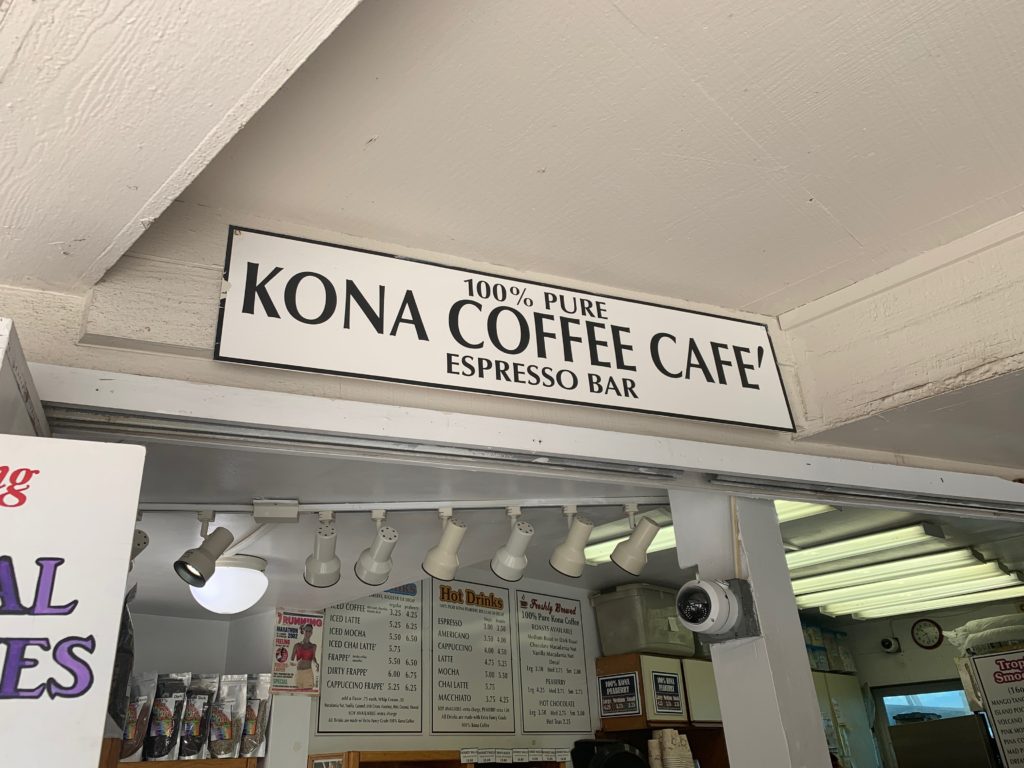
After a brief stop at Attu, Watts moved on to Dutch Harbor with the rest of DesDiv 113. The climax of that operation came on 5 January when she joined in successful shelling of the Suribachi area of Paramushiro. On 3 January 1945, the destroyer steamed out of Massacre Bay for another sweep of the waters surrounding the northern Kurils. After two weeks of badly needed repairs at Dutch Harbor, she returned to Attu on 21 December, following a brief stop at Adak. Fortunately, the same storms which buffeted Watts and her sister ships kept enemy air power grounded, and the bombardment group arrived safely back at Attu on 25 November. During the retirement from the Kurils, heavy seas lashed the task force. That one proved successful and, on the night of 23 and 24 November, her guns joined those of the other warships of the force in pounding airfields and installations on Matsuwa To. Late in November, however, she departed Attu for her third attempt at bombarding the Kurils. Bad weather foiled that mission and the next which began on 24 October. On 14 October, she departed Massacre Bay, Attu, for her first bombardment mission with the cruisers and destroyers of the North Pacific Force. Her first attempt came after more than two months of operations which might be characterized as routine-as much so as possible in the stormy northern Pacific. On the other hand, she and her division mates did, on occasion, conduct offensive operations against the Japanese Empire-primarily against the northern Kuril Islands. Since her assignment there came well after America had consolidated her hold on the Aleutians chain, the bulk of Watts' duties consisted of patrols and supply convoy-escort missions between the various outposts scattered across the fog and snow-bound archipelago. On 8 August, Watts led her division mates into port at Adak, Alaska.ĭuring the next seven months, the destroyer operated with the other units of DesDiv 113 as a part of the Navy's North Pacific Force. She arrived in Pearl Harbor on 29 July and remained only until 3 August when she stood out with Destroyer Division 113 (DesDiv 113) and shaped a course for Aleutian waters. The destroyer remained at San Diego until the 22d, at which time she put to sea in the screen of a Hawaii-bound convoy of troop transports. On 12 July, she departed Bremerton in company with battleships Mississippi (BB-41) and West Virginia (BB-48) bound for San Diego. on 26 June and underwent three weeks of post-shakedown availability. She headed for San Diego and a month of shakedown training. Judith Bundick Gardner and commissioned on 29 April 1944.įollowing two weeks of testing and calibrating equipment in Puget Sound, Watts embarked upon her first voyage on 17 May. launched on 31 December 1943, sponsored by Mrs. Watts was laid down on 26 March 1943 at Seattle, by the Seattle-Tacoma Shipbuilding Corp. John Watts died in 1823, again location unknown.


Watts and his crew received a generous reward for their efforts from Lloyd's Coffee House in London, the forerunner of the world-famous insurance company Lloyd's of London.Watts presumably continued in merchant service after the adventure with the French privateer, but he never served in the United States Navy.

During that five-hour engagement, Watts and Planter's 43-man crew successfully fought off two concerted attacks by the more heavily armed Frenchman and thwarted the privateers' attempt to take the American ship.

Watts is remembered for an action between Planter and a 22-gun French privateer which took place on 10 July 1799 in the eastern Atlantic during the Quasi-War with France. Probably born about 1778, location unknown but most likely in Virginia, he was captain of the 18-gun, armed merchantman Planter in 1799. Little is known about John Watts other than that he was an American merchant captain at the end of the eighteenth century and the beginning of the nineteenth.


 0 kommentar(er)
0 kommentar(er)
